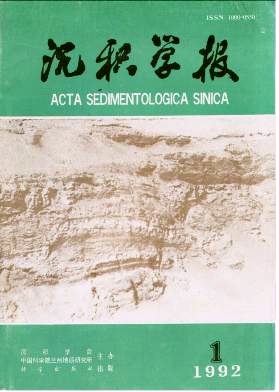Algal Special Action in Accumulation of Phosphorus
- Received Date: 1990-04-30
- Publish Date: 1992-03-10
Abstract: This paper introduceds a simulated test of phosphoric accumulation by algal culture in the laboratory. The results show that there are two ways to accumulate phosphate. The first, algae promote the formation and diposition of phosphate by change of the pH; the balance system of ions; and the oxidation-reduction potential (Eh) in environment during the logarithmic growth phase. The second, cells get phosphorus by cellular absorption and adsorption. These provided a valuable evidence for the theory of biological mineralization. The main principle of environmental change are as follows: CO2+ H2O=H2CO3H++ HCO3-=2H++CO32- When the CO2 in cultural liquid consumed by algal phosynthesis, the balancing equation moves towards the left, that H+ concentration drops and pH rises. Eh is general reflection of varied ions-fluctuation, it is closely related with pH value in two ways: 1) H+ directly participats in oxidation-reduction reaction. 2) H+ changes the balancing system of original ions by dissociation of reducing agent and oxidizing agent, influence the value of Eh finally. The difference of algal phosphoric accumulation can be seen from Table 4 and Table 5. The accumulation phosphates of algal cells in No. 4 are up to 9.1% of its dry weight. These data show that phosphoric weight of algal bodies are related to PO43- concentration in its habitat and grown days during logarithmic growth stage.
| Citation: | Liu Zhili, Liu Xuexian, Ye Jun. Algal Special Action in Accumulation of Phosphorus[J]. Acta Sedimentologica Sinica, 1992, 10(1): 101-107. |






 DownLoad:
DownLoad: